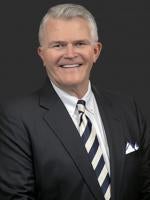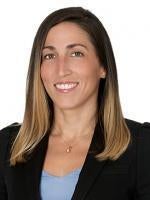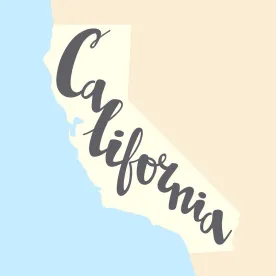On Sept. 9, Governor Newsom signed AB 1867, a statewide COVID-19 supplemental paid sick leave (SPSL) mandate, into law. AB 1867’s sick leave provisions are codified at California Labor Code §§ 248, 248.1, and 248.5. This new law went into effect immediately, but since “[t]he requirement to provide COVID-19 supplemental paid sick leave…take[s] effect not later than 10 days after the date of [the law’s] enactment,” employers effectively had a 10-day grace period (until September 19, 2020) to prepare to comply.
For those of you short on time, below is a “fast facts” summary of this new law which applies only to non-food sector workers:
-
This new law fills a gap left by the paid sick leave provisions of the federal Families First Coronavirus Response Act (FFCRA) (“federal law”). It requires employers with 500 or more employees in the United States to provide up to 80 hours of SPSL. As explained below, however, it does not mirror federal law and there are some important distinctions.
-
There are fewer qualifying reasons for taking SPSL than under federal law (and many of the local supplemental paid leave ordinances in California). Specifically, covered workers are eligible for SPSL if they are:
-
subject to a federal, state, or local quarantine or isolation order related to COVID-19;
-
advised by a health care provider to self-quarantine or self-isolate due to concerns related to COVID-19; or
-
prohibited from working by the covered worker’s hiring entity due to health concerns related to the potential transmission of COVID-19.
This means, for example, that caring for a child whose school or place of care is closed or unavailable for reasons related to COVID-19, which is a qualifying reason under federal law and some of California’s local ordinances, is not a qualifying reason for SPSL.
-
-
AB 1867 does not preempt existing or future local supplemental paid sick leave ordinances, but as explained below, employers who are subject to more than one paid sick leave mandate can – in many (but not all) cases – “count” the paid leave provided under one mandate as an offset against what may be owed under the other.
-
Employers who have already provided some type of supplemental (i.e., COVID-19-related) paid leave to their employees, whether as a matter of company policy or practice or pursuant to one of the local supplemental paid leave ordinances in effect in California, can count those hours towards what they are required to provide pursuant to AB 1867.
-
Only those covered workers who need to leave their “home or other place of residence to perform work for the[ir] hiring entity” are eligible for SPSL.
-
SPSL is in addition to and completely separate from sick leave pursuant to AB1522 (California’s Healthy Workplaces, Healthy Families Act of 2014).
-
There is a special provision for active firefighters that may entitle them to more than 80 hours of SPSL, subject to the maximum daily and aggregate payouts of $511 and $5,110, respectively.
-
Employers are required to list the amount of SPSL available to employees on each wage statement (or provide this information via a separate document each pay period). Given that the actual SPSL entitlement for variable workers cannot be determined until SPSL is taken (which, of course, may or may not ever occur), the legislature’s decision to impose this requirement is perplexing. Fortunately, the law also says that employers may not be assessed penalties or liquidated damages “due to an isolated and unintentional payroll error…that is a clerical or an inadvertent mistake regarding the accrual or available use of paid sick leave,” provided that the employer can otherwise demonstrate compliance with the law – such as through a set of compliant policies, procedures, and practices.
-
Employers are required to post a notice summarizing the new law. Employers may satisfy this posting requirement electronically, such as via email.




 />i
/>i
